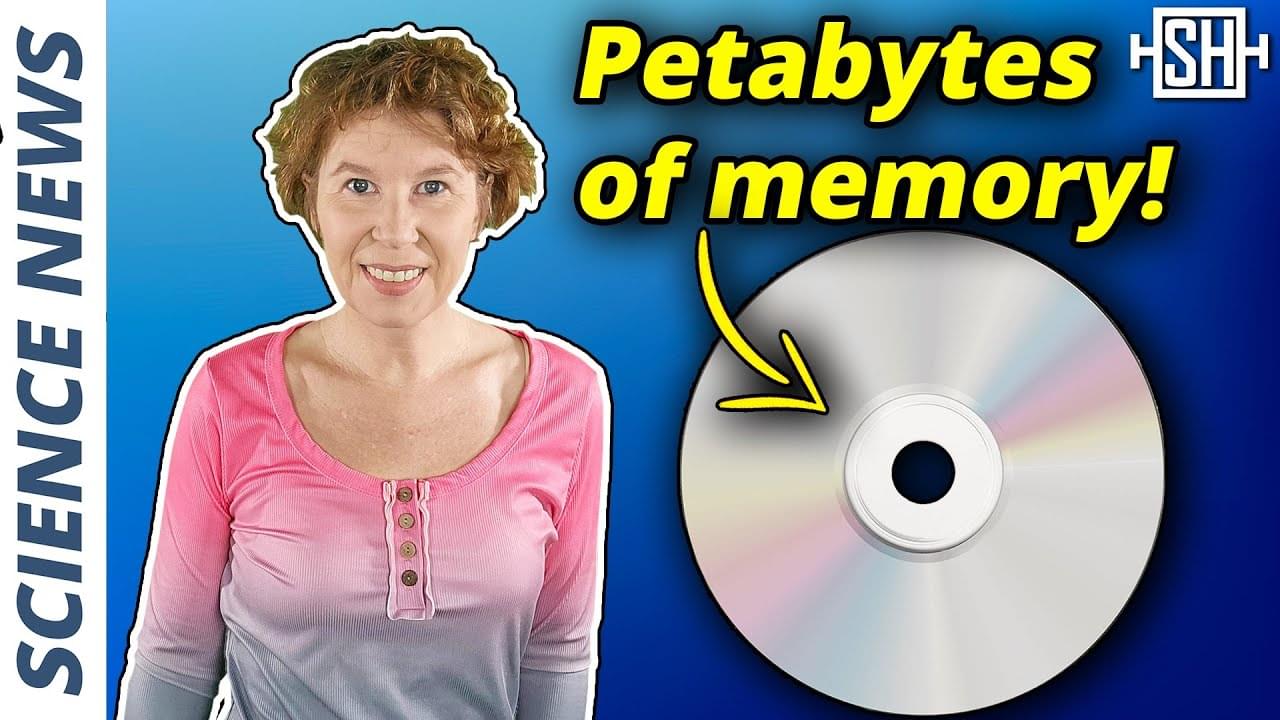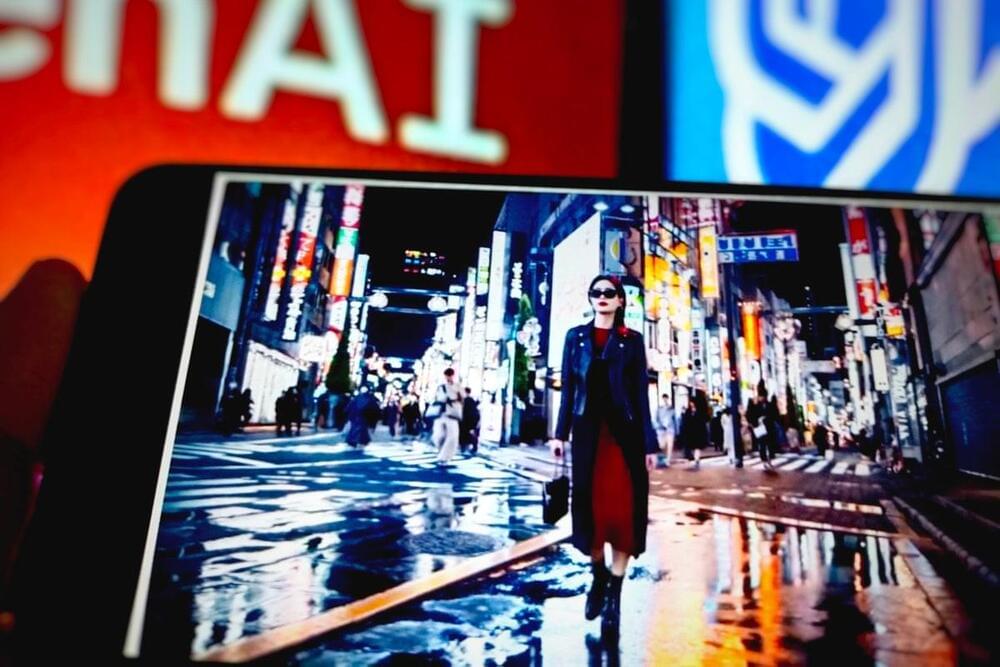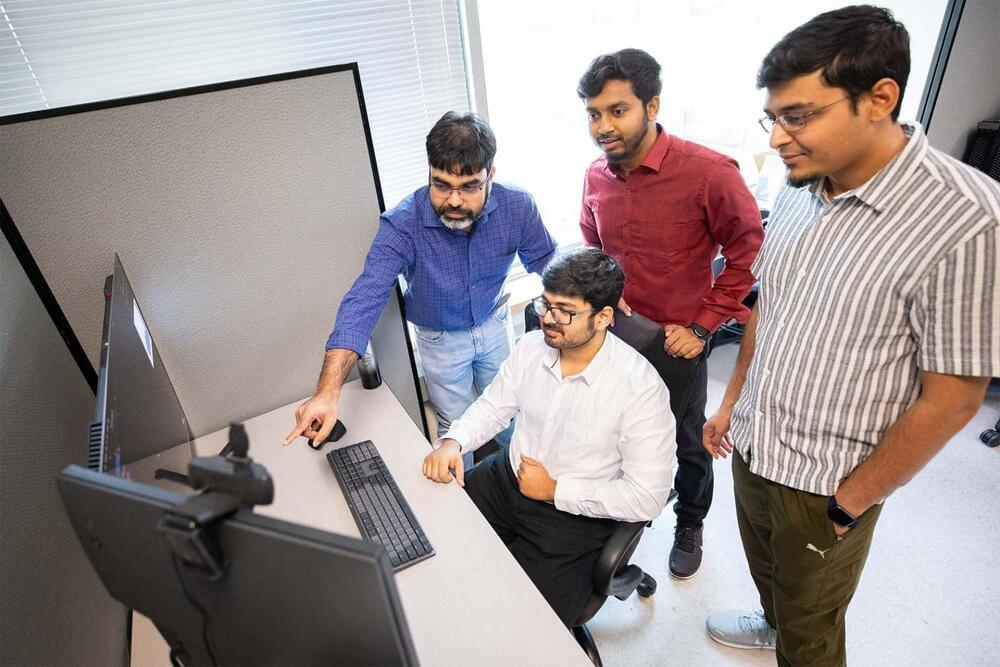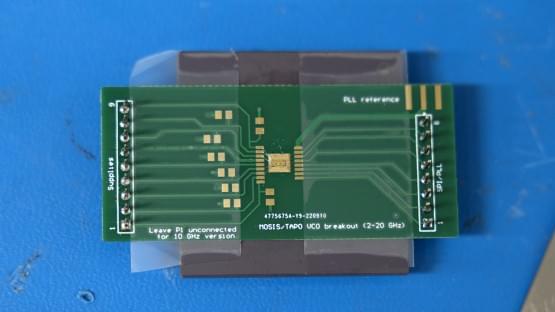Explore courses in mathematics, science, and computer science with Brilliant. First 200 to use our link https://brilliant.org/sabine will get 20% off the annual premium subscription.
Memory storage technology has come a long way from compact disks. Or has it? In a recent paper, scientists report they were able to fit petabytes of memory onto a compact disk using new laser technologies and advanced material design. Is this the future of data storage? Let’s have a look.
🤓 Check out my new quiz app ➜ http://quizwithit.com/
💌 Support me on Donatebox ➜ https://donorbox.org/swtg.
📝 Transcripts and written news on Substack ➜ https://sciencewtg.substack.com/
👉 Transcript with links to references on Patreon ➜ / sabine.
📩 Free weekly science newsletter ➜ https://sabinehossenfelder.com/newsle…
👂 Audio only podcast ➜ https://open.spotify.com/show/0MkNfXl…
🔗 Join this channel to get access to perks ➜
/ @sabinehossenfelder.
🖼️ On instagram ➜ / sciencewtg.
#science #sciencenews #technews #tech #technology









